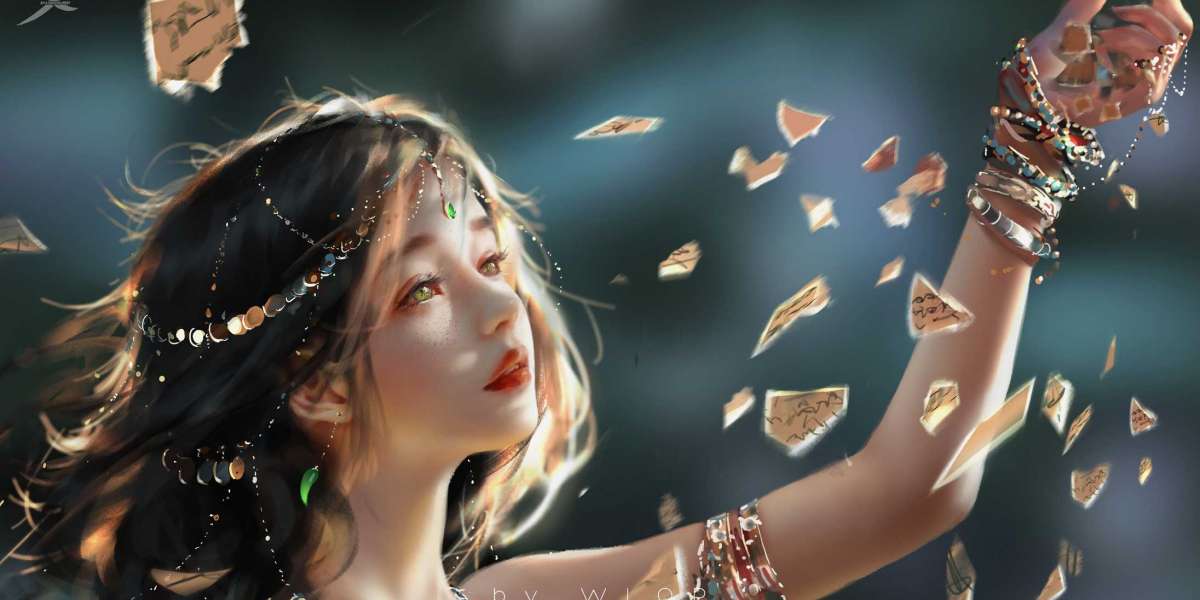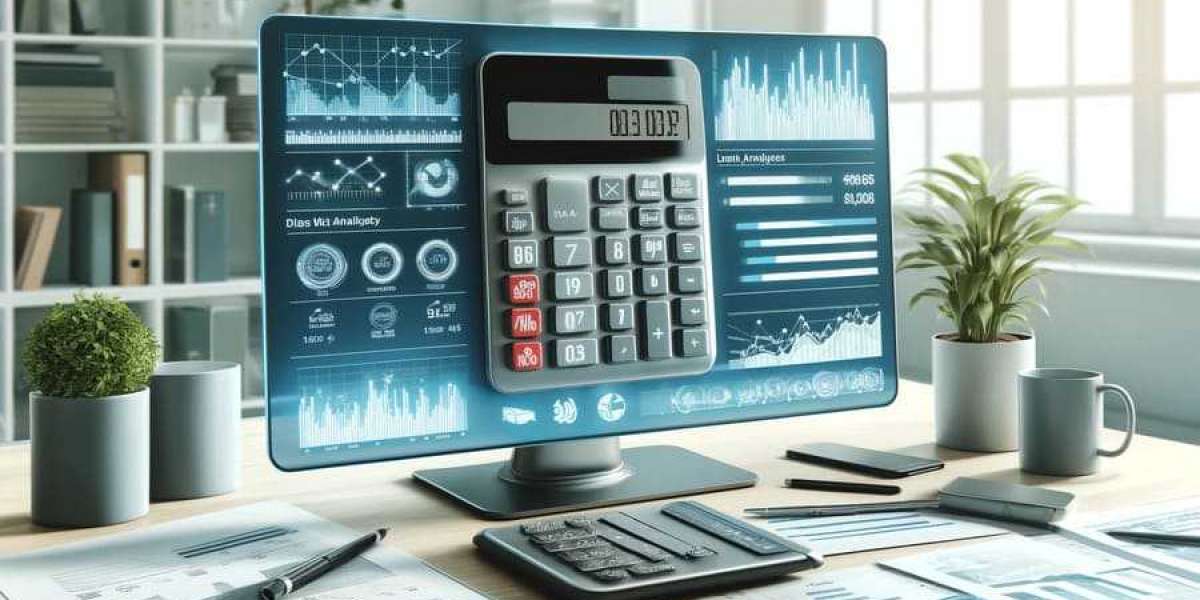Digital Art has transformed the landscape of artistic expression, merging technology with creativity in unprecedented ways. This blog post explores the journey of Digital Art, examining its origins, evolution, and the contemporary masterpieces that define it today.
Understanding Digital Art
What exactly is Digital Art? At its core, Digital Art refers to artistic works that utilize digital technology as an essential part of the creative or presentation process. This includes a wide range of forms, such as digital painting, 3D modeling, and even digital installations. The versatility of Digital Art allows artists to experiment with new techniques and mediums, pushing the boundaries of traditional art forms.
The Early Innovations of Digital Art
The roots of Digital Art can be traced back to the 1960s when artists began to explore the potential of computers as a medium. Early pioneers like Frieder Nake and Harold Cohen created algorithmic art, using programming languages to generate visual compositions. These initial experiments laid the groundwork for future developments in the field.
- 1960s: Introduction of algorithmic art.
- 1970s: Emergence of computer graphics.
- 1980s: Development of software for digital painting.
As technology advanced, so did the tools available to artists. The introduction of personal computers and graphic design software in the 1980s and 1990s revolutionized the way artists created and shared their work. This period marked a significant shift in the accessibility of art creation, allowing more individuals to engage with Digital Art.
Contemporary Digital Art: A New Era
Today, Digital Art encompasses a vast array of styles and techniques. Artists are now able to create immersive experiences through virtual reality (VR) and augmented reality (AR), blurring the lines between the physical and digital worlds. This evolution raises intriguing questions: How does the viewer's experience change in a digital environment? What does it mean for art to exist solely in a virtual space?
Moreover, the rise of social media platforms has enabled artists to reach global audiences, fostering a vibrant community of creators and enthusiasts. This interconnectedness has led to the emergence of new trends and movements within Digital Art, such as generative art and NFT (non-fungible token) art.
The Future of Digital Art
As we look to the future, the potential for Digital Art seems limitless. With advancements in artificial intelligence and machine learning, artists can now collaborate with technology in innovative ways. This collaboration raises exciting possibilities for the creation of art that evolves over time or responds to viewer interactions.
In conclusion, Digital Art has come a long way since its inception. From early innovations to contemporary masterpieces, it continues to challenge our perceptions of art and creativity. As technology evolves, so too will the landscape of Digital Art, inviting us to explore new dimensions of artistic expression.
For those interested in diving deeper into the world of digital art, consider exploring resources that highlight its various forms and techniques. You can find valuable insights and inspiration at this link.








